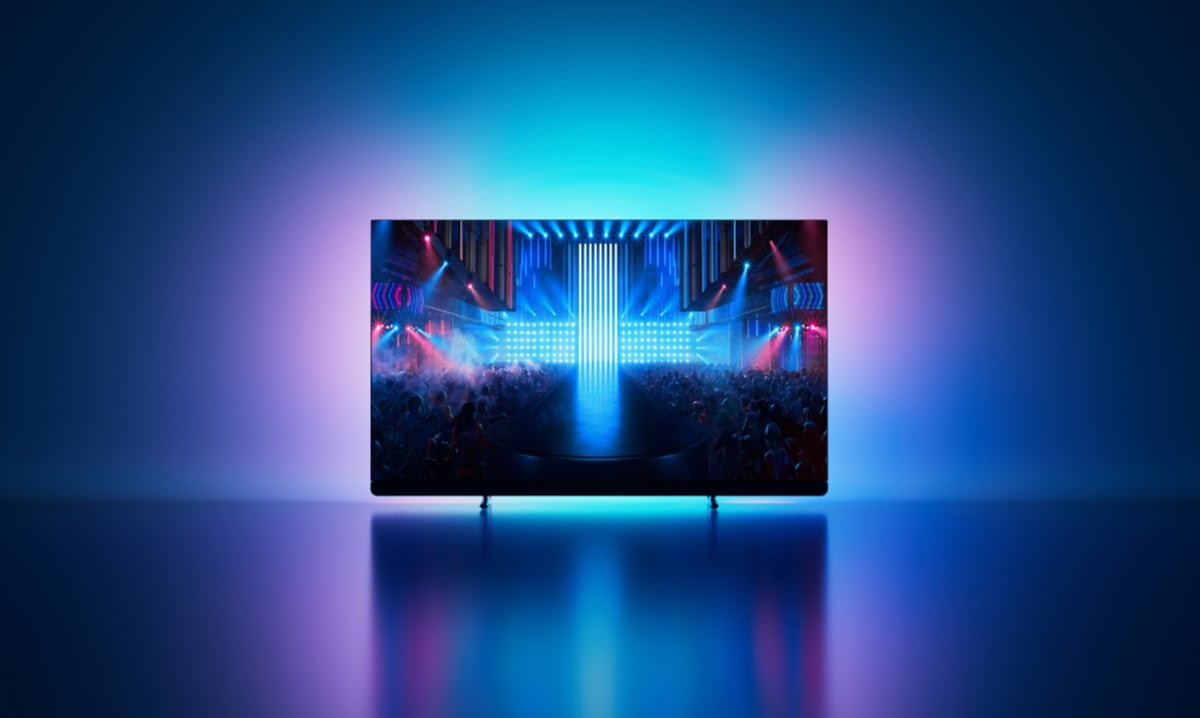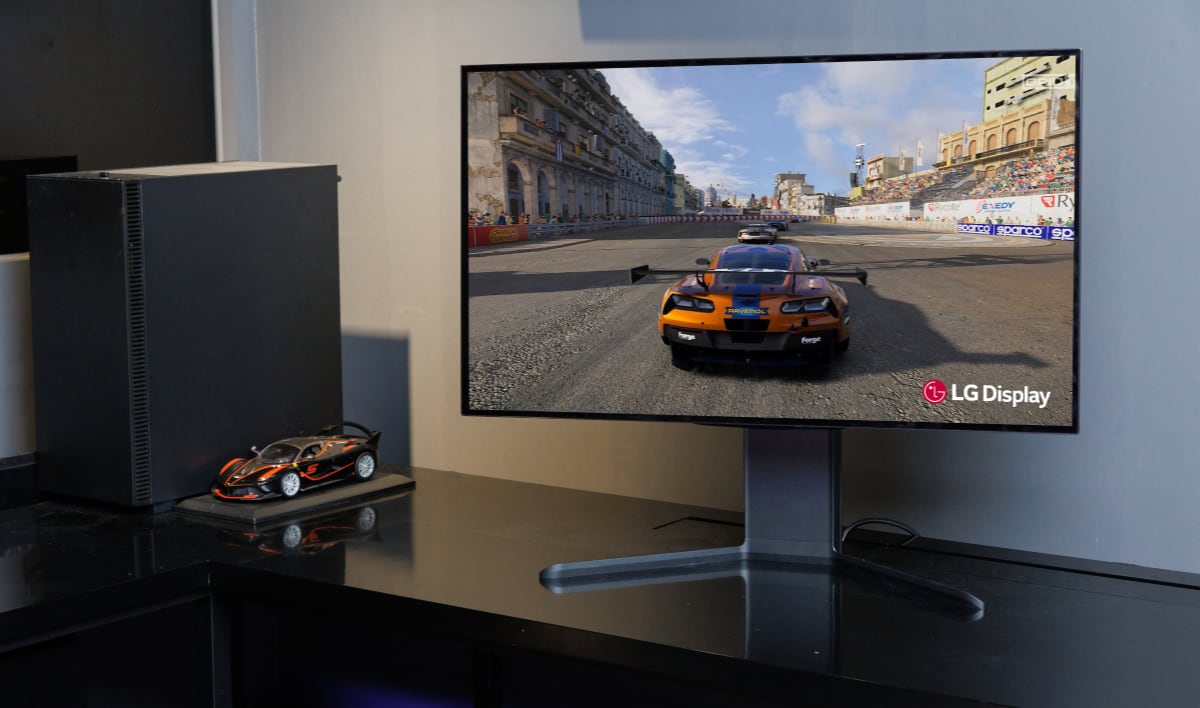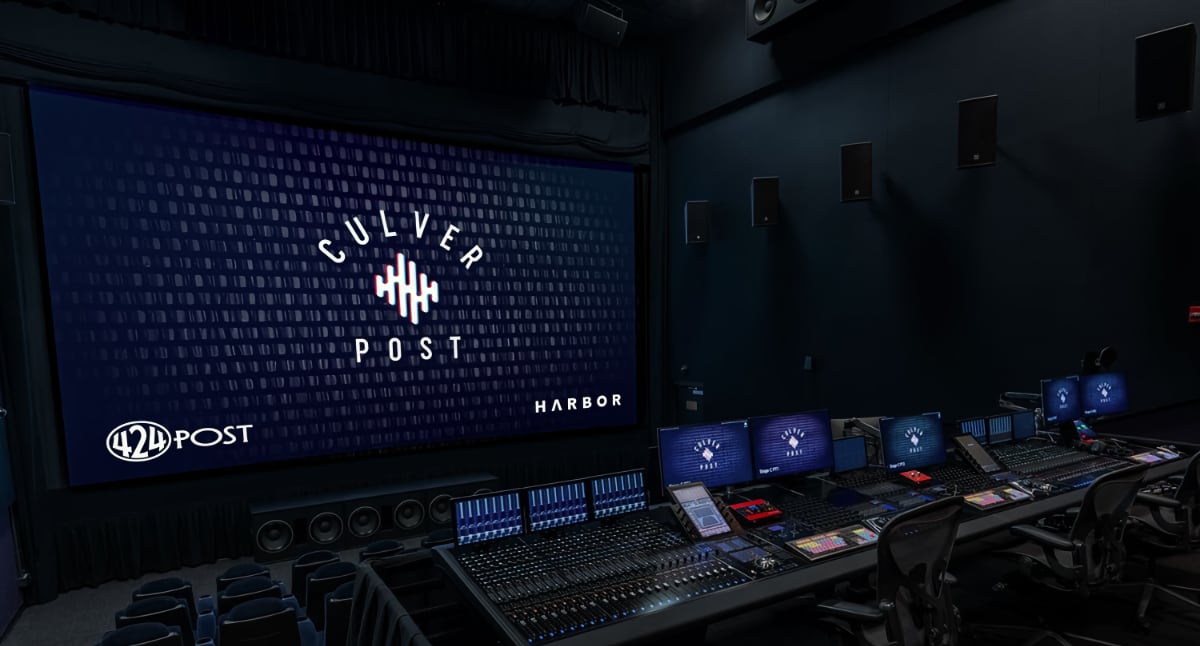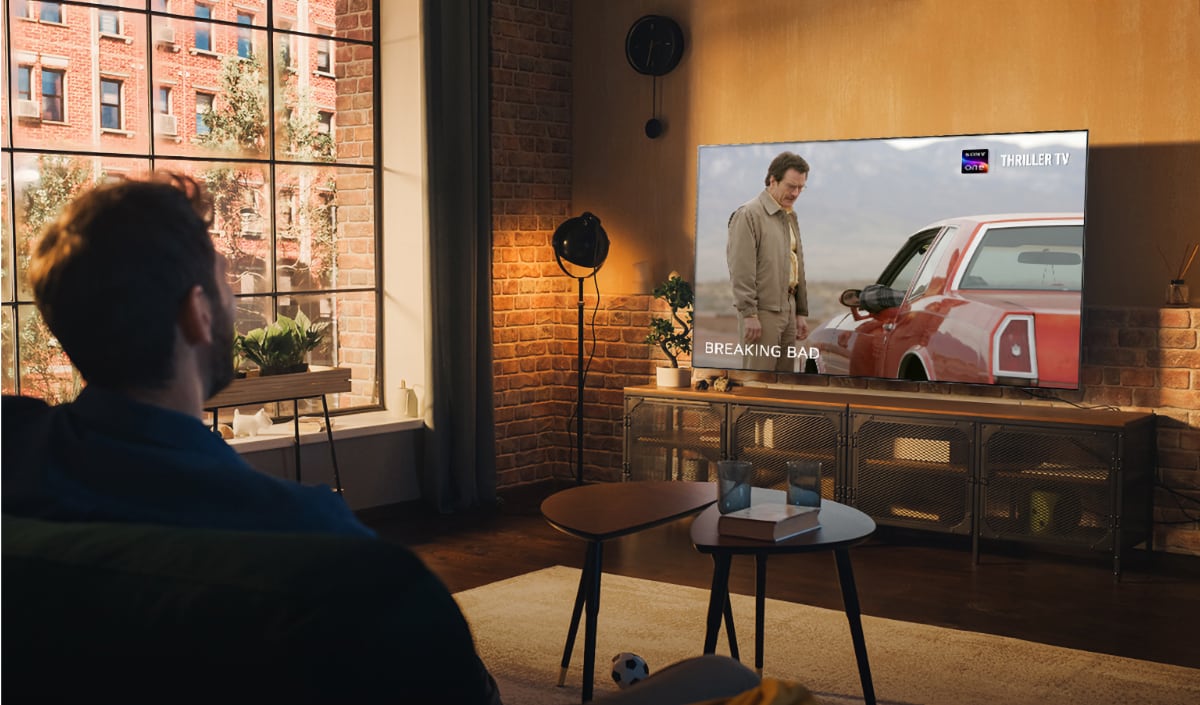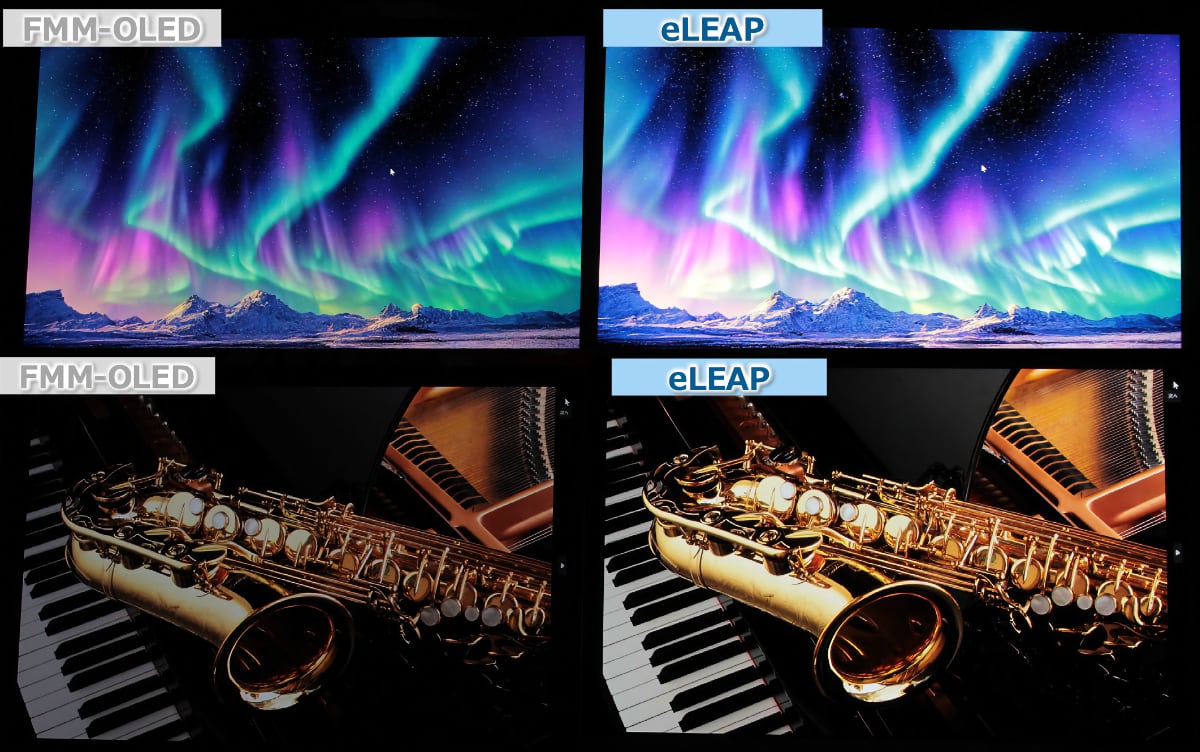Avatar: The Way of Water debuts in cinemas next week and will use a "simple hack" to enable 48fps HFR presentation on some existing cinema equipment, explains director James Cameron.
The word soup: 48fps HFR, 3D, 4K, Dolby Vision, Dolby Atmos. To get the full taste you must visit Dolby Cinema which is how James Cameron intended for Avatar: The Way of Water to be shown.
| 24fps, 48fps | Video in 24 or 48 frames per second |
| HFR | High Frame Rate, meaning higher than 24fps in cinema |
| Dolby Vision | An HDR format from Dolby. High Dynamic Range is an expanded dynamic range for luminance and color |
| Dolby Atmos | Dolby's object-based audio format with more accurate and immersive sound |
| 3D | Requires 3D glasses. IMAX screenings are in 3D |
48fps HFR, but variable
Unlike Ang-Lee's Gemini Man and Billy Lynn’s Long Halftime Walk, which were shot and presented in up to 120fps HFR, James Cameron has not asked exhibitors to upgrade their projector installations.
Cameron previously announced a partnership with Pixelworks to use a so-called TrueCut Motion approach to HFR where only some scenes are in 48fps while other scenes, for example dialogue scenes, are in 24fps to avoid the uncanny effect of things looking too realistic. This approach fits within the existing DCP (Digital Cinema Package) format that most 3D cinemas support.
- "Can theatres support variable frame rate, switching back and forth within the movie between 24fps and 48fps? The answer is no, they just run it at 48fps. In any part of the scene that we want at 24fps, we just double the frames. And so, they actually show the same frame twice, but the viewer doesn’t see it that way. And so, we just we’re essentially using a simple hack to use the high frame rate platform that already exists," James Cameron explained earlier this year at the Busan International Film Festival in South Korea.
Also read: HFR – The one UHD technology you rarely hear about
- "We’re using HFR to improve the 3D where we want a heightened sense of presence, such as underwater or in some of the flying scenes. For shots of just people standing around talking, HFR works against us because it creates a kind of a hyper realism in scenes that are more mundane, more normal. And sometimes we need that cinematic feeling of 24fps."
The right approach to HFR or a compromise? We shall see. How will you be watching Avatar 2?
- Source: Own sources, Disney, Pixelworks, Variety

